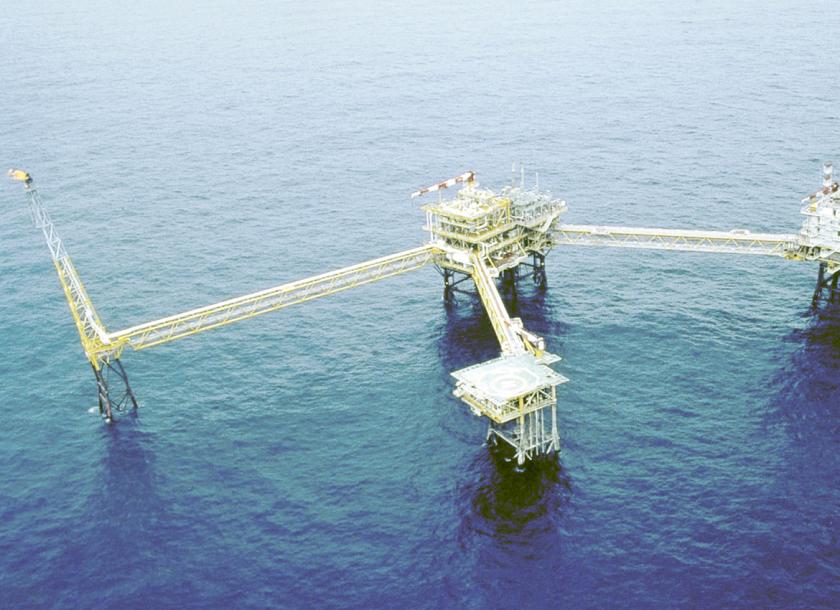In order to meet rising demand from households and businesses, government looks to Liquefied Natural Gas (LNG) imports to produce more electricity by 2020
8 กุมภาพันธ์ 2561
For the first time, Myanmar will import liquefied natural gas (LNG) as it races to meet an expected shortage of electricity. By 2020, the country will require double its current electricity supply to meet rising demand from households and businesses.
The Ministry of Electricity and Energy (MOEE) on January 30 issued a Notice to Proceed to four power projects, three of which will receive imported LNG for re-gasification. The projects will be carried out in Kan Pauk in Tanintharyi Region, Mee Laung Gaing in Ayeyarwady Region, and Ahlone in Yangon Region.
“The LNG will be delivered by LNG carriers for re-gasification and power generation at the plants. The plants have been allowed to commence doing so,” said U Soe Myint, deputy permanent secretary of the MOEE.
The fourth project, which involves natural gas, will be carried out in Kyaukphyu, Rakhine State.
The projects are expected to help generate around 3,000 megawatts (MW) of power, double the country’s current supply, to meet the MOEE’s 6,000MW electricity target by 2020-21.
Power generation
The first phase of LNG-generated electricity will come from two plants at Kan Pauk and Mee Laung Gaing. Those plants will have the capacity to contribute 1,230MW and 1,390Mof electricity, respectively, to the national grid.
French oil company Total, together with Germany’s Siemens, will carry out the project in Kan Pauk, delivering 615MW of electricity within the first three years. The MOEE did not announce the investment value of the Kan Pauk project. Total operates the Yadana offshore gas field, Myanmar’s biggest offshore oil and gas project, and owns existing pipelines and natural gas distribution stations in Kan Pauk.
Meanwhile, China’s Zheful Holding Group, together with local company Supreme Group, will implement the $2.5 billion Mee Laung Gaing plant. The first phase will be ready in three years. The Chinese plan to build a floating storage re-gasification unit (FSRU) where gas tankers will be able to deliver LNG for the plant, according to Frontier.
Supreme Group is the local partner of US-based APR Energy, which is operating an existing 102MW gas plant in Kyaukse, Mandalay.
Thailand’s TTLC will install 356MW of capacity at the $321 million Ahlone plant, while China’s Sinohydro and Supreme Group will install 135MW of capacity at the $180 million gas-fueled plant in Kyaukphyu, according to the MOEE. The two plants will start contributing to the grid within two years.
Power Purchase Agreements
Following signing of the Letter to Proceed, the next step will be negotiating the terms for the Power Purchase Agreements (PPA) under which the government will buy the electricity. “We will need to carry out thorough negotiations on the PPAs as well as land lease contracts and make sure all other licenses and permits are in place,” said U Win Khaing, Union Minister for Electricity and Energy.
“We have to discuss issues such as selling price of the electricity and who bears the related costs,” said U Soe Myint.
U Kyaw Kyaw Hlaing, chair of Myanmar Oil and Gas Services Society, warned that “generating electricity is already expensive for the government, which bears most of the costs involved in power generation, even when using normal gas. It will be even more expensive if LNG is used,” he said.
Myanmar currently generates a total of 3,189MW of electricity. This is generated by a 17 hydropower plants and 15 natural gas plants across the country. With electricity consumption on the rise, Myanmar will need about 6,000MW of electricity by 2020-21, the MOEE said.
(The Myanmar Times: https://www.mmtimes.com/news/government-looks-lng-imports-produce-more-electricity.html )











